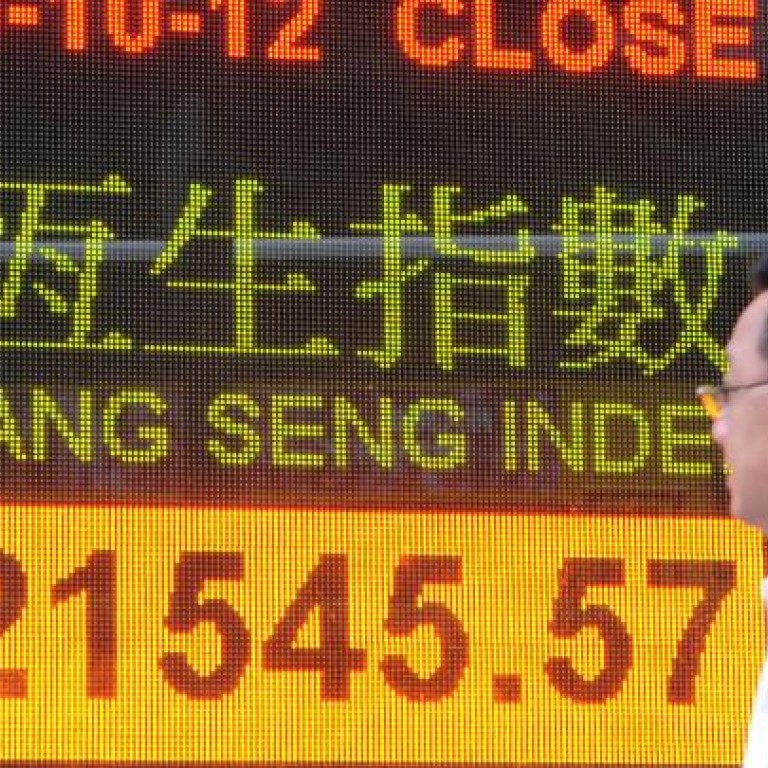
Fund data shows optimistic signs
Any assessment of how well MPF funds have performed this year comes with a couple of caveats. Recent advances may compensate only in part for the declines of previous years. And headline figures for fund performance may not translate into the same gains for individual scheme members once fees have been deducted.
That said, data supplied by the Hong Kong Investment Funds Association (HKIFA) gives reason for optimism. Overall, it shows healthy percentage gains for the main equity-based MPF categories between January and the end of September, with even the more conservative bond and money market funds keeping their heads above water.
Using a simple average of the different providers in each basic sector, the top performing fund type over the past nine months was Asia ex-Japan Equity, with 16.36 per cent growth. Among other popular choices, US Equity and Global Equity funds grew 13.36 per cent and 11.37 per cent respectively, while European Equity and Greater China Equity recorded in turn 10.68 per cent and 8.53 per cent increases for the first three quarters.
In the lifestyle sector, consisting of balanced funds with a pre-defined mix of stocks, bonds and money market instruments, those weighted more heavily towards equities did best. The average gain of funds with 80 per cent or more invested in equities was 10.87 per cent. In contrast, lifestyle funds structured to hold less than 40 per cent in stocks only achieved a 5.84 per cent lift.
Among the other choices, guaranteed funds, which attracted more attention as the global slump continued, came out 2.85 per cent ahead for the period. And perhaps reflecting what investors should expect, "MPF Conservative" funds gained 0.19 per cent, while the Global Bond and Asian Bond options chalked up nine-month advances of 4.56 per cent and 4.98 per cent.
"Most MPF funds - in particular equity funds - have provided pretty decent returns this year," says Sally Wong, chief executive of the Hong Kong Investment Funds Association (HKIFA). "Due to the mandatory nature of the scheme and investment restrictions, it is not appropriate to compare MPF funds with retail funds. While you can quite readily find single-country, emerging market equity, or high-yield bond funds on the retail shelf, it is very difficult to have these under the MPF."
Wong points out that regulators can take another look at rules and restrictions now in place and adjust them for the overall benefit of investors. A first step might be to see which types of retail fund, presently excluded from consideration, consistently outperform MPF-approved options. "At present, the framework is too prescriptive and backward-looking," Wong says. "In many instances, an instrument is not permissible because its form and structure do not fit the pigeon hole prescribed by MPF regulations."
While some changes have been made in the past few years, these should be seen as minor touch-ups rather than major overhauls.
